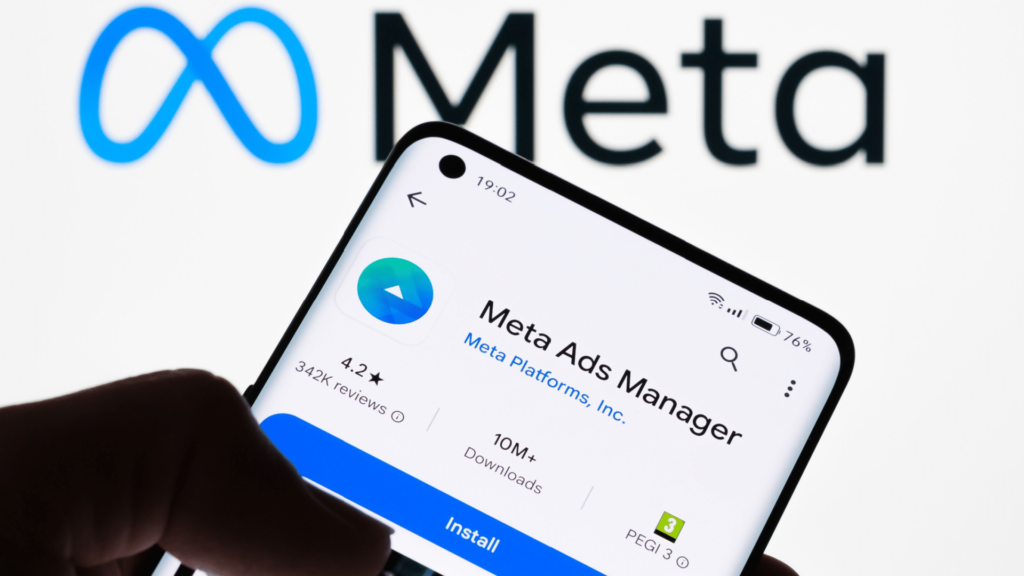Meta implemented “guardrails” in 2023 that exempted high-spending advertisers from automatic content moderation, instead routing their content to human reviewers. This system was designed to prevent mistaken penalties against major brands that drive significant revenue, according to internal documents obtained and reported on by Financial Times.
Internal documents reveal Meta created a two-tiered content moderation system that protected its biggest advertising revenue streams while raising questions about fairness and transparency in its platform policies.
By the numbers:
Spending threshold for special treatment: $1,500+ per day
Meta’s 2023 revenue: Nearly $135 billion
Justified enforcements for top advertisers: 73%
Why we care. The existence of these special “guardrails” indicates that larger advertisers received preferential treatment through human review rather than automated systems. For advertisers spending above the thresholds ($1,200 over 56 days for businesses), this means their content is less likely to face sudden, automated restrictions that could disrupt their campaigns. However, smaller advertisers who don’t meet these spending thresholds remain subject to automated moderation, potentially creating an uneven playing field in Meta’s advertising ecosystem.
Between the lines. The company’s internal documents rated these spend-based protections as having “low defensibility,” suggesting concerns about how the public might perceive such preferential treatment.
Details. The protections applied to:
Businesses spending over $1,200 in a 56-day period.
Individual users spending over $960 in the same timeframe.
“P95 spenders” ($1,500+ daily).
What they’re saying. Meta spokesperson Ryan Daniels called the reporting “simply inaccurate” and based on “cherry-picked” documents, stating the system was meant to prevent enforcement mistakes.
What’s next. This revelation comes as Meta CEO Mark Zuckerberg announces an end to third-party fact-checking and reduced automated moderation, coinciding with Donald Trump’s potential return to the platform.
Bottom line. Meta’s treatment of top advertisers highlights the tension between protecting revenue streams and maintaining consistent content moderation standards across its platforms.

